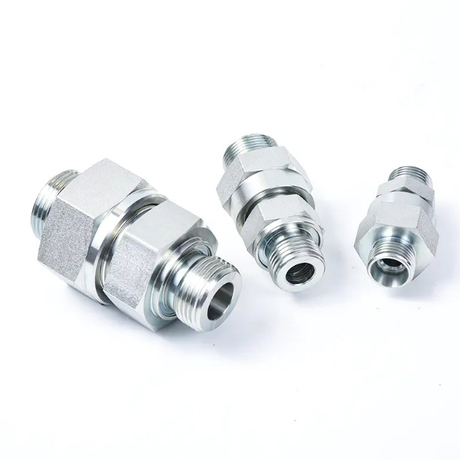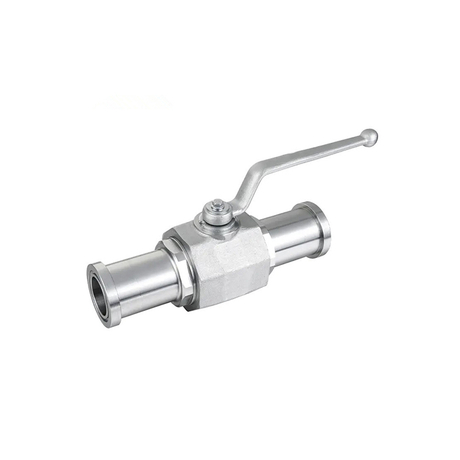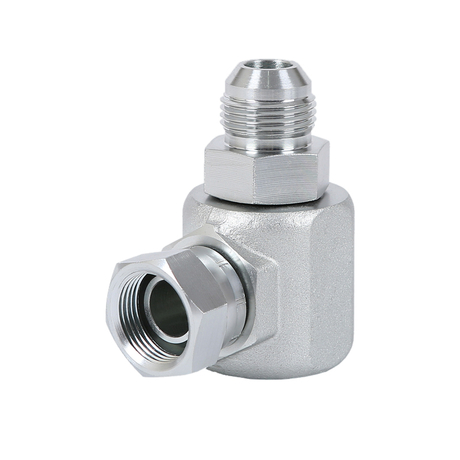Pressure gauge connectors do require regular maintenance or replacement of seals. As a key component that connects the pressure gauge to the system or equipment, the performance of the pressure gauge connector directly affects the accuracy of the measurement and the stability of the system. Regular maintenance can ensure that the inside of the connector is clean and unblocked, and prevent leakage problems caused by aging, wear or damage to the seals.
Regularly use a detergent and a soft cloth to wipe the outside of the pressure gauge connector to remove dirt and impurities on the surface and keep it clean and free of dirt. For dirt that may accumulate inside, especially for pressure gauge connectors used for gases with more oil or other sticky substances, regular blowing or other appropriate cleaning methods should be used to ensure that the internal channels are unobstructed.
Regularly check the sealing performance of the pressure gauge connector to ensure that no leakage occurs. This can be done by observing whether there is leakage at the joint, using leak detection instruments, etc. In particular, after replacing the pressure gauge or performing other operations that may affect the sealing, the sealing of the joint should be rechecked.
If the seal shows signs of aging, wear or damage, it should be replaced in time. The new seal should meet the design requirements and ensure that it is installed correctly to avoid leakage problems caused by poor sealing.
First, the pressure gauge connector needs to be disassembled according to the prescribed steps to replace the seal. During the disassembly process, care should be taken to protect other parts of the connector to avoid damage. Select a seal ring that meets the requirements for replacement and ensure correct installation. When installing a new seal, ensure that its surface is clean and scratch-free, and tighten it according to the specified torque to ensure sealing performance. After replacing the seal, the pressure gauge connector should be preliminarily tested to ensure its sealing performance and measurement accuracy. During the test, attention should be paid to observe whether there is leakage and deal with it in time.
The maintenance cycle of the pressure gauge connector should be determined according to the use environment and conditions. Generally speaking, if the connector is in a harsh environment, such as humid, corrosive gas and other environments, it is necessary to strengthen rust and corrosion protection and shorten the maintenance cycle. In addition, if the connector is frequently used or the measurement requirements are high, the maintenance cycle should also be appropriately shortened to ensure its stable and reliable performance. Regular maintenance of the pressure gauge connector and replacement of the seal are important measures to ensure its stable performance and accurate measurement. In actual applications, a reasonable maintenance plan should be formulated according to the specific situation and strictly implemented.















